Maintaining your home and car requires consistent effort to ensure everything runs smoothly and stays in great shape. However, keeping up with regular maintenance can feel overwhelming if not approached systematically. Whether you’re a homeowner or a car owner, establishing a routine DIY maintenance schedule is essential for preserving your investments and avoiding costly repairs down the line. This guide will walk you through creating a comprehensive maintenance plan that covers both your home and vehicle, offering practical tips and checklists to help you stay on top of things. By understanding what routine maintenance entails and implementing a structured schedule, you can save time, money, and stress while ensuring your property remains in excellent condition for years to come.
To create a comprehensive home and car maintenance schedule using routine DIY checks, follow this organized plan:
Home Maintenance Schedule
Categories and Frequency
- HVAC System
- Furnace/AC: Monthly check for filter cleanliness and ducts.
- Air Ducts: Every 3 months.
- Thermostats: Weekly adjustment.
- Plumbing
- Drains: Weekly use of drain cleaner.
- Leak Checks: Monthly inspections under sinks and toilets.
- Water Heater: Annual check and flush.
- Electrical Systems
- Circuit Breaker: Every 2 months.
- Wiring: Annually or as needed.
- Outlets: Weekly checks for tripped switches.
- Roofing
- Inspect Shingles: Twice a year.
- Gutters: Quarterly cleaning.
- Lawn Care
- Mowing: Weekly.
- Fertilizing: Every 2 weeks.
- Weed Control: Weekly.
- Appliances
- Refrigerator: Change water filter every 3 months.
- Dishwasher: Clean filter weekly.
- Garbage Disposal: Weekly use.
- Exterior Features
- Deck/Fences: Every 2 months.
- Windows: Annually.
- Chimney: Annually.
- Crawl Space: Every 6 months.
- Fire Safety Devices
- Smoke Detectors: Monthly tests and every 6 months battery change.
- Carbon Monoxide Detectors: Every 3 months.
Tools and Resources
- Checklist: Organized by category and frequency.
- Calendar Tool: Set reminders for each task.
- Professional Help: For tasks like HVAC ducts or chimney inspections.
Car Maintenance Schedule
Categories and Frequency
- Engine
- Oil Change: Every 3k to 5k miles.
- Air Filter: Every 12k miles.
- Transmission
- Fluid Service: Every 15k miles.
- Brakes
- Inspection: Every 6k miles.
- Parking Brake: Every 2k miles.
- Tires
- Rotation and Inspection: Every 6k miles.
- Spare Tire: Stored properly.
- Battery
- Health Check: Every time parked.
- Test: If low, get it checked.
- Lights and Wiper Blades
- Check Functionality: Every trip.
- Replace: As needed.
- Cooling System
- Check Level and Condition: Varies by car model.
- Suspension and Steering
- Feel and Function: After long drives.
- Horn and Turn Signals
- Test: Each start.
-
Cabin
- Air Filter: Every 12k miles.
Tips
- Regular Inspections: Focus on visible signs of wear.
- Professional Assistance: For complex tasks like transmission service.
Conclusion
By following this structured plan, you can systematically address each maintenance area, preventing issues and extending the lifespan of your home and vehicles. Regularly review and update the schedule to adapt to seasonal changes and new needs.
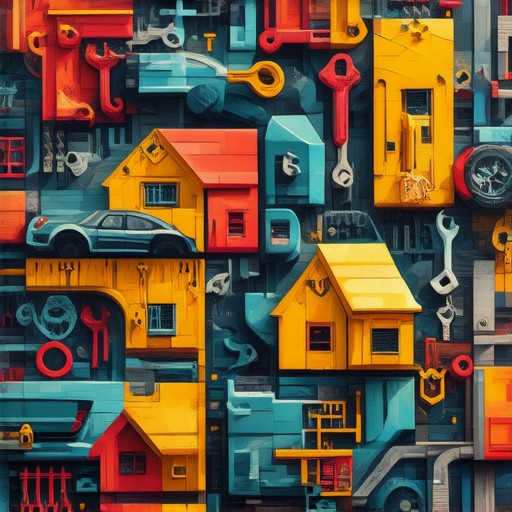
What is Routine Home Maintenance?
Routine home maintenance is essential for preserving the value of your property and ensuring comfort and safety for you and your family. It involves a series of regular tasks that prevent minor issues from becoming major problems. Here’s a breakdown of key areas to focus on:
Key Areas of Routine Home Maintenance
- Checking and Monitoring Systems
-
- HVAC System: Schedule annual check-ups to ensure proper heating, cooling, and ventilation. Change or clean filters regularly.
- Plumbing: Inspect pipes for leaks or damage. Check water pressure and test your water softener if needed.
- Electrical System: Test GFCI outlets and circuit breakers. Check for exposed wires or loose connections.
- Appliances: Clean vent hoods, coils, and ducts. Lubricate garage doors and check for proper operation.
-
Cleaning and Organizing
-
- Deep Cleaning Routine: Dust, vacuum, mop, and wash floors. Clean bathrooms and kitchens thoroughly every month.
- Organizing Storage Spaces: Tidy up basements, attics, and closets. Label boxes and donate unused items.
- Regular Decluttering: Set aside time monthly to toss old papers, expired foods, and unnecessary items.
-
Safety Checks
-
- Smoke Detectors and Carbon Monoxide Detectors: Test these devices monthly and replace batteries as needed.
- Fire Extinguishers: Check expiration dates and ensure they’re accessible.
- Security Systems: Test alarms, cameras, and locks regularly to ensure proper functionality.
-
Seasonal Maintenance
-
- Spring Maintenance: Clean gutters, trim trees, and inspect windows for cracks.
- Summer Maintenance: Check air conditioning units, inspect decks for structural issues, and prepare outdoor furniture.
- Fall Maintenance: Rake leaves, clean chimneys, and inspect roofs for damage.
- Winter Maintenance: Clear snow and ice, check for ice dams, and service your furnace or boiler.
Tips for Staying Consistent
- Create a maintenance schedule and stick to it.
- Involve family members in simple tasks to foster responsibility.
- Invest in the right tools and products to make tasks easier.
Tools and Resources
For detailed guides and professional advice, visit our maintenance resources . Explore articles on plumbing , HVAC , and other topics to enhance your home care routine.
Example of Routine Maintenance
Routine maintenance refers to regular tasks performed to ensure the longevity, efficiency, and safety of various systems, equipment, or structures. Here are some examples:
- Lubrication: Regularly applying lubricant to moving parts of machinery to prevent friction and wear.
- Cleaning: Removing dirt, debris, or obstructions from equipment to ensure proper functioning.
- Inspection: Thoroughly examining systems like HVAC units, plumbing, or electrical components for signs of damage or wear.
- Adjustment: Tuning or calibration of devices to optimize performance, such as adjusting belts on engines or aligning wheels on vehicles.
- Replacement: Replacing worn-out parts like tires, batteries, or filters to maintain functionality and safety.
- Safety Checks: Ensuring that safety features, such as smoke detectors or fire suppression systems, are working properly.
For instance, maintaining a car involves regular oil changes, tire rotations, and checking fluid levels. Similarly, maintaining a house may include gutter cleaning, checking for roof leaks, and testing smoke detectors.
To learn more about effective maintenance practices, visit our Sams Maintenance resource center, which offers detailed guides and expert advice for various home and equipment maintenance needs.
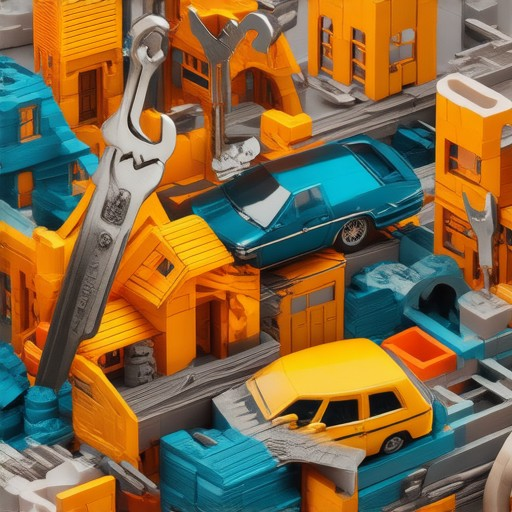
Car Maintenance You Can Do Yourself
Regular car maintenance is essential for keeping your vehicle running smoothly and avoiding costly repairs. Here’s a guide to the basic tasks you can perform yourself:
- Oil Changes : Regularly change your oil to maintain engine health. Check the oil level using the dipstick under the hood and change it every 3–6 months, depending on driving conditions.
- Tire Pressure : Monitor tire pressure using the gauge on your dashboard. Keep tires inflated to the recommended level found in your owner’s manual or on a sticker located on the driver’s door.
- Battery Health : Inspect the battery terminals for corrosion and ensure they’re secure. Test the battery’s charge with a multimeter if available, or have it tested at a local auto shop.
- Brake System : Check brake fluid levels and inspect brake pads and rotors for wear. Look for uneven rotor surfaces and replace worn pads as needed.
- Lights and Indicators : Manually inspect all exterior lights (headlights, taillights, turn signals) and ensure they’re functioning properly. Replace any faulty bulbs.
- Windshield Wipers : Check wiper blades for cracks or tears and replace them when necessary, especially after harsh weather conditions.
- Coolant Level : Check the coolant reservoir tank and top it off if needed. Use the correct type of coolant specified in your manual.
- Air Filter : Locate the air filter in the engine bay and rinse or replace it as directed in your manual to maintain airflow and engine performance.
- Hoses and Belts : Inspect hoses for cracks and belts for wear and tear. Replace any that show signs of damage.
- Cabin Air Filter : Clean or replace the cabin air filter near the HVAC vents to ensure clean air inside your car.
- Fuel Cap and Vent Pipe : Ensure the fuel cap is tight and the vent pipe is clear to prevent leaks and vapors.
- Under Car Inspection : Periodically check under the car for leaks, rust, or worn parts to catch potential issues early.
- Spark Plugs and Wires : Inspect spark plugs and wires for condition and cleanliness. Replace them if they appear worn or damaged.
For more complex tasks, consider consulting a professional or seeking tutorials specific to your vehicle. Keeping detailed records of your maintenance activities will help you monitor your car’s health and plan future servicing.
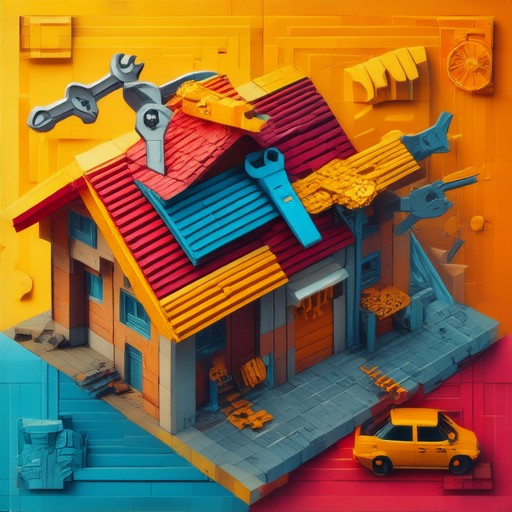
Scheduling Routine Car Maintenance
Your car requires regular maintenance to stay in optimal condition and ensure safety on the road. Here’s a step-by-step guide to help you schedule and perform routine car maintenance effectively.
Understanding the Importance
Routine car maintenance helps prevent costly repairs, extends your vehicle’s lifespan, and ensures peak performance. Key reasons to maintain your car regularly include:
- Maintaining fuel efficiency
- Preventing mechanical failures
- Ensuring safety features function properly
- Keeping your vehicle looking great
Creating a Maintenance Schedule
Establishing a consistent maintenance schedule tailored to your car’s needs is essential. Consider the following factors:
- Mileage : Refer to your owner’s manual for manufacturer recommendations. Many suggest schedules based on mileage intervals (e.g., 30k, 60k, 90k miles).
- Age : As cars age, components like brakes, tires, and batteries wear out faster, requiring more frequent checks.
- Driving Conditions : Factors like city driving, highway usage, or off-road adventures may affect maintenance needs.
Checking Manufacturer Guidelines
Always consult your vehicle’s owner manual for specific maintenance requirements. Most manufacturers provide detailed schedules covering items like oil changes, filter replacements, and fluid top-ups. Some key services to watch for include:
- Oil and filter changes
- Transmission fluid service
- Battery inspection and testing
- Tire rotation and pressure checks
- Brake system inspection
Performing Regular Inspections
Before starting any maintenance, conduct a visual inspection of your car. Look for signs of wear and tear, leaks, or damage. Common areas to inspect include:
- Exterior: Check for scratches, dents, or missing parts
- Interior: Ensure seats, dashboards, and controls are in good condition
- Under the hood: Look for loose wires, fluid leaks, or dirty filters
- Fluid levels: Check oil, coolant, and brake fluid
Staying Proactive
Regular maintenance goes beyond just the scheduled items. Be proactive by:
- Following recall notices
- Using high-quality replacement parts
- Considering preventive measures like tire monitoring systems
- Scheduling professional inspections at least once a year
By adhering to a well-planned maintenance schedule and staying informed, you can keep your car running smoothly and reliably for years to come. Always trust reputable sources like AutoZone or Advance Auto Parts for genuine parts and accessories.
Examples of Routine Car Maintenance
Routine car maintenance is essential for keeping your vehicle running smoothly and avoiding costly repairs. Here are some key tasks that drivers should perform regularly:
- Oil Changes : Regularly changing your car’s oil is one of the most important maintenance tasks. It helps remove dirt and debris, prevents friction, and maintains engine lubrication.
- Tire Rotation and Inspection : Rotating your tires ensures even wear and extends their lifespan. Inspect for tread depth, cracks, or bulges, and check for proper inflation levels.
- Brake System Check : Examine your brakes for signs of wear, such as warped rotors or loose components. Test brake functionality to ensure they are working correctly and adjust the brake fluid level if necessary.
- Battery Health : Check the battery terminals for corrosion and test the battery’s charge. A healthy battery is crucial for starting your car and powering electrical systems.
- Lights and Wiper Blades : Ensure all headlights, brake lights, and turn signal lights are working properly. Replace worn-out wiper blades to maintain visibility during inclement weather.
- Coolant Level : Check the coolant level in your radiator to ensure it’s sufficient for the season and doesn’t overflow. This helps regulate engine temperature and prevent overheating.
- Steering and Suspension : Look for leaks or damage around the steering system and suspension components. Proper function here affects handling and stability.
- Horn and Turn Signals : Test your horn and turn signals to ensure they are operating correctly. This is a simple yet critical safety feature.
- Air Filter Replacement : Replace the air filter to maintain airflow and prevent dirt from entering your engine. A clean air filter improves fuel efficiency and performance.
By staying on top of these routine maintenance tasks, you can extend the life of your vehicle and enjoy better performance and reliability on the road.
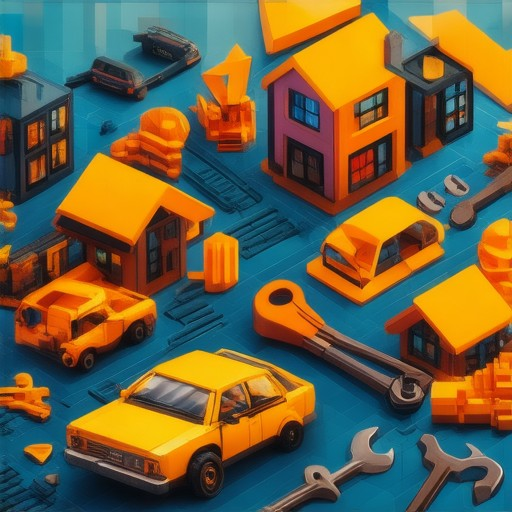
How to Create a Maintenance Schedule
To create an effective maintenance schedule, follow these organized steps:
- Identify Components Requiring Maintenance: Start by listing all areas of your property that need attention, such as HVAC, plumbing, electrical systems, roofing, lawn care, appliances, exterior features, and fire safety devices.
- Determine Maintenance Frequencies: Assign tasks based on their frequency—daily, weekly, monthly, quarterly, or annually. For instance, HVAC systems may need biannual checks, while gutters should be cleaned quarterly.
- Create a Comprehensive Checklist: Categorize tasks under daily, weekly, monthly, quarterly, and annual checklists to ensure nothing is overlooked. Include tasks like checking the trash disposal and vacuuming (daily), inspecting electrical outlets (weekly), and testing smoke detectors (monthly).
- Schedule Tasks Using a Calendar Tool: Utilize a digital calendar or scheduling app to set reminders for each task. This ensures timely execution without manual tracking.
- Consult Professionals When Necessary: For complex tasks like HVAC inspection or plumbing checks, hire qualified professionals to ensure accuracy and safety.
- Consider Additional Areas Like the Garage and Driveway: Don’t forget to include maintenance for the garage door and driveway sealing, especially for concrete or asphalt surfaces.
By organizing your maintenance schedule this way, you can systematically address each area, preventing issues and extending the lifespan of your property. Regularly review and update your schedule to adapt to seasonal changes and new needs.

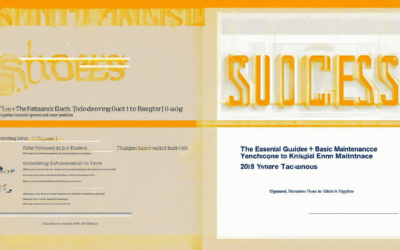
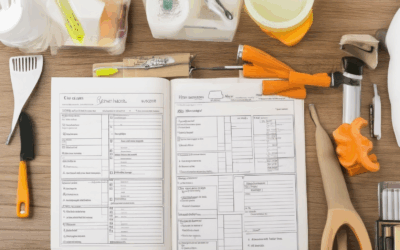
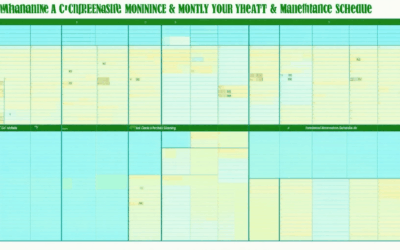
0 Comments